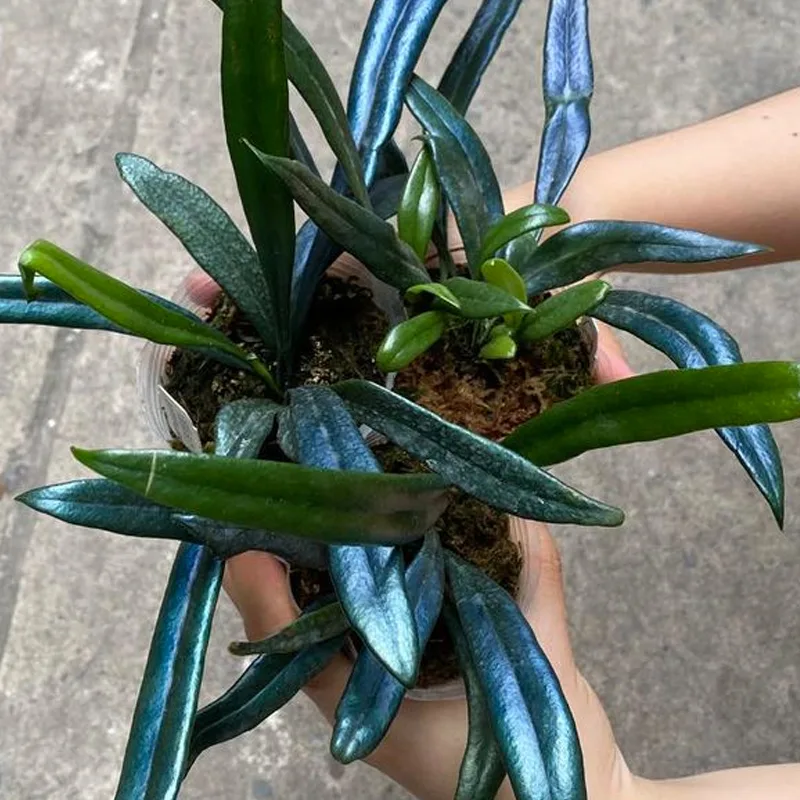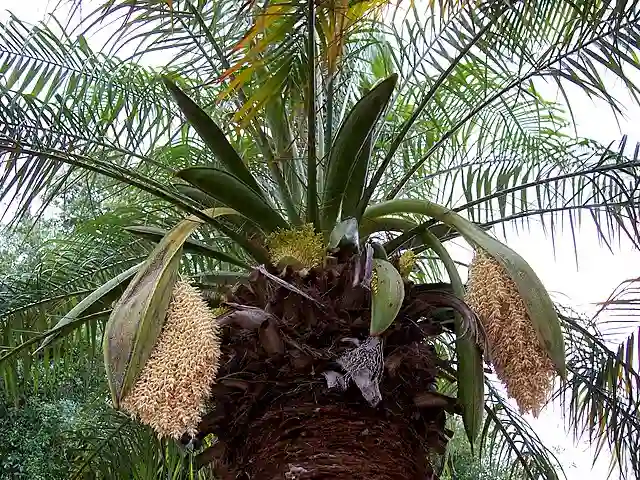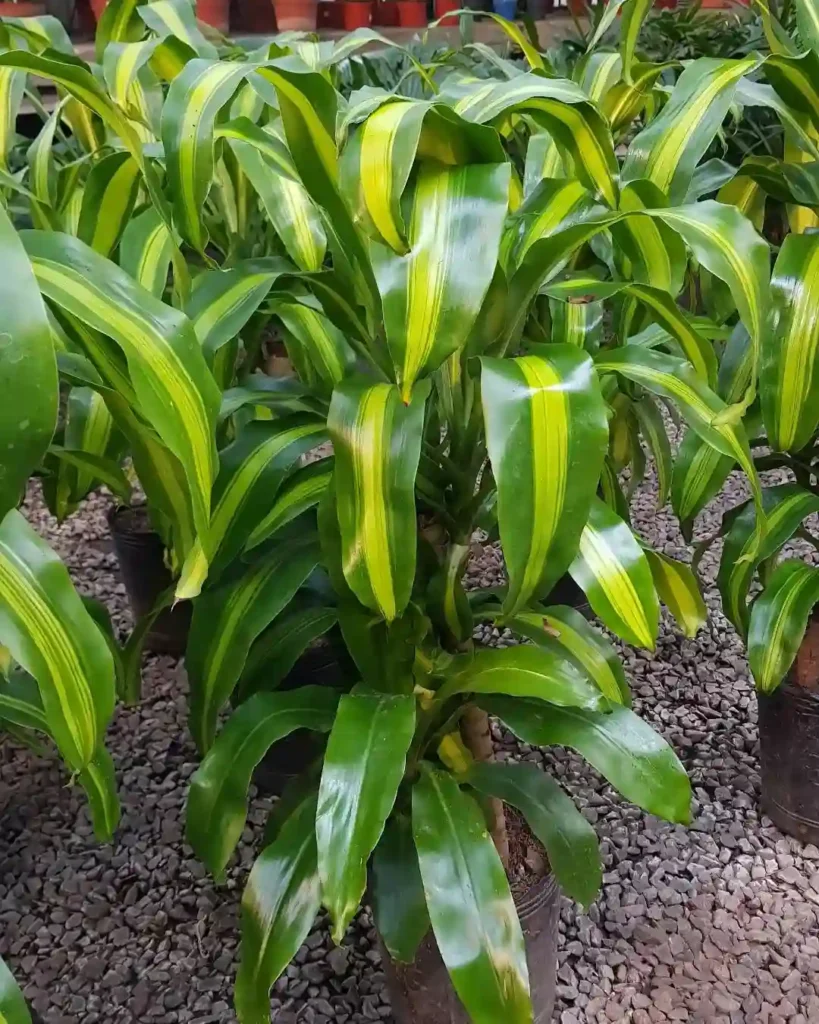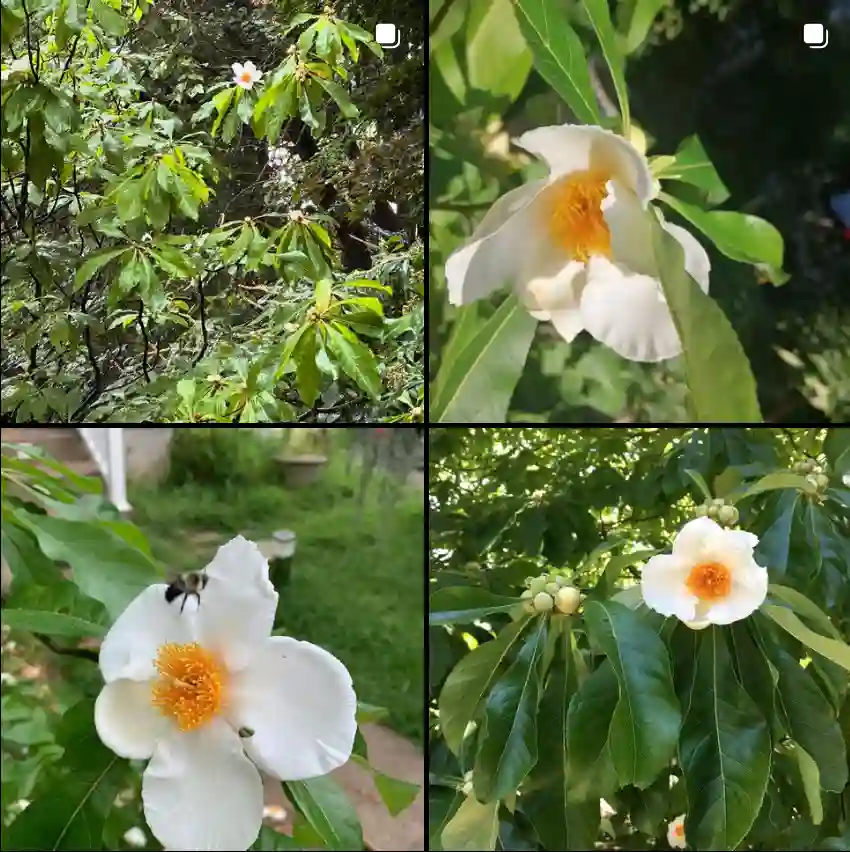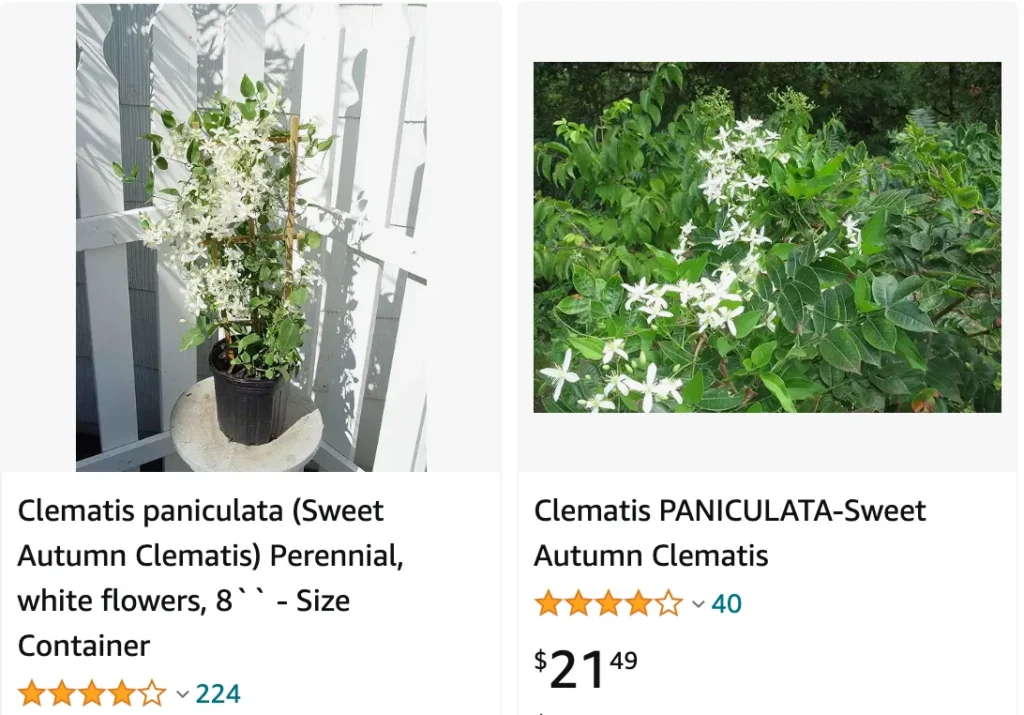
The Allure of Clematis Paniculata: A Gardener’s Guide
As a gardener, I’m always on the lookout for plants that add a touch of magic to my outdoor space. Enter Clematis paniculata, also known as the Sweet Autumn Clematis. This captivating vine has stolen a piece of my heart with its stunning blooms and captivating fragrance. Over the years, I’ve learned the ins and outs of caring for this beauty, and I’m excited to share them with you!
391 Species in Genus Clematis
What is Clematis Paniculata?
Clematis paniculata is a vigorous, deciduous climber native to New Zealand. Maori people call it Puawhananga or Puapua, reflecting its significance in their culture. This stunning vine boasts masses of fragrant, star-shaped, creamy-white flowers that bloom profusely from late summer to fall. The dark green, leathery leaves create a perfect backdrop for the floral display.
How to Grow Clematis Paniculata?
Planting Clematis paniculata is a breeze! Here’s what you need to know:
- Location: Choose a spot that receives at least 6 hours of sunlight daily. The base of the vine prefers shade, so planting it near a low-growing shrub or placing mulch around the base works well.
- Soil: Clematis paniculata thrives in well-drained, fertile soil. Amending your soil with compost or aged manure before planting is recommended.
- Planting: Dig a hole twice the width of the container and slightly deeper. Place the vine in the hole, ensuring the crown (the point where the roots meet the stem) is positioned 2-3 inches below the soil surface. Backfill the hole, water thoroughly, and create a support structure for the vine to climb.
How Fast Does Clematis Paniculata Grow?
Clematis paniculata is a fast grower! You can expect it to reach a mature height of 10-20 feet within a few years, depending on the variety and growing conditions.
How Often to Fertilize Clematis Paniculata?
This vigorous vine doesn’t require frequent fertilization. A balanced fertilizer applied in early spring and again before flowering (late summer) is sufficient. Opt for a slow-release fertilizer to ensure a steady supply of nutrients.
How to Propagate Clematis Paniculata?
There are two main ways to propagate Clematis paniculata:
- Layering: In early spring, select a healthy, flexible stem and make a shallow cut halfway through the stem. Bury the section with the cut under moist soil, securing it with a wire loop. Keep the soil moist, and you should see new growth by fall. Once established, sever the connection to the parent plant.
- Division: For mature Clematis paniculata, division is an option. Carefully dig up the plant in early spring and gently separate the root ball into sections, each with at least one or two healthy stems. Replant the divisions in prepared locations.
When to Plant Clematis Paniculata?
The best time to plant Clematis paniculata depends on your climate. In warm climates (zones 7 and above), fall planting allows the roots to establish before winter. In colder climates (zones 5 and 6), early spring planting is recommended.
When to Prune Clematis Paniculata?
There are two schools of thought when it comes to pruning Clematis paniculata. Some gardeners prefer to prune in late winter or early spring before new growth appears. This method encourages bushier growth and removes any winter damage. Alternatively, you can prune lightly after flowering in late fall. This approach promotes longer blooms next year. Whichever method you choose, be sure to use sharp pruning shears and avoid cutting into new growth.
Is Clematis Paniculata Destructive?
Clematis paniculata is not destructive in the sense of damaging structures. However, its vigorous climbing nature can overwhelm delicate plants. So, choose companion plants that can handle its enthusiasm.
Is Clematis Paniculata Evergreen?
No, Clematis paniculata is a deciduous vine. It loses its leaves in fall, adding a layer of interest to your winter garden with its bare, woody stems.
Is Clematis Paniculata Invasive?
Clematis paniculata is not considered invasive in most areas. However, it’s always a good idea to check with your local authorities regarding any potential invasiveness before planting.
What to Plant with Clematis Paniculata?
Clematis paniculata pairs beautifully with a variety of plants. Here are a few ideas:
- Clematis companions: Combine different Clematis varieties for a stunning display of colors and textures throughout the season.
- Shrubs: Climbing roses, hydrangeas, and viburnums create a lovely backdrop for the Clematis blooms.
- Perennials: Clematis complements perennials like catmint, hostas, and daylilies, adding a vertical element to their colorful borders. Clematis paniculata’s late-blooming nature also provides a much-needed burst of color when many other perennials are starting to fade.
By incorporating these tips and suggestions, you can successfully cultivate Clematis paniculata and enjoy its captivating beauty for years to come. Remember, a little planning and care go a long way in transforming this vigorous vine into a showstopping centerpiece of your garden. So, get ready to be mesmerized by the fragrant charm of Clematis paniculata!
If i die, water my plants!
